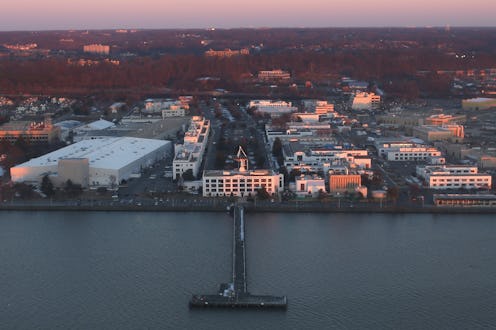
Last week, the story of Washington, D.C.'s "missing girls" attracted a great deal of attention after an Instagram post claimed 14 girls had disappeared in the District in 24 hours. It was later established that this statement was not accurate, likely leading many to wonder whether the D.C. missing girls were a "hoax." While the specific claim that 14 girls of Latina and African-American descent went missing in 24 hours was indeed false, as confirmed by the D.C. Police Department, the fact remains that there still are several missing children in D.C. — and all of them are minorities.
Some of the confusion around the missing girls issue stemmed from the fact that the D.C. Police Department recently decided to begin actively posting missing persons fliers, including those from months ago, on their Twitter account. This constituted a very proactive endeavor and, indeed, likely contributed to helping locate six of the 11 missing children that had been posted on the Department's Twitter account since March 19. However, some confusion likely derived from the sudden influx of missing persons fliers being posted on the Police Department's Twitter account, presumably leading some to assume that more children had gone missing in a short period of time than was the case.
The D.C. Police Department's official statistics reveal that 501 juveniles have gone missing in 2017 and the vast majority of them are minorities. Out of these 501 missing children cases, 22 still remain open. Chanel Dickerson, the new commander of the D.C. Police Youth and Family Services Division, indicates that these numbers actually reflect a substantial decrease in the number of missing children in D.C.
Thus, while initial social media claims about the rate at which children in D.C. were going missing were certainly false, they were likely not an intentionally-perpetuated hoax but rather a misinterpretation of information. Furthermore and far more importantly, the fact remains that there are still many missing minority children in D.C. and that their disappearances have not been widely reported on until the recent social media attention derived from the "missing girls" story.
Sadly, minority children actually go missing more often than white children but yet receive far less media attention. According to Teen Vogue, "studies have shown that 36.7% of all missing persons under the age of 17 are black" ; however, typically comparatively little media coverage is given to their disappearances. This disparate coverage of missing children in the news is known as the "missing white girl syndrome."
Thus, while not disappearing at the rate suggested by the initial Instagram post, D.C.'s missing minority children still absolutely need continued advocacy and media attention in order to help locate them. Perhaps the "gift" of the viral but erroneous Instagram post is that it has drawn attention to these cases as well as to the fact that the media needs to make a far more concerted effort to publish the cases of missing minority children.
You can help advocate for D.C.'s still-missing children by sharing their missing person fliers, which are available on the D.C. Police Department website, on social media. You can also call or text tips to the Department with the contact information listed here. It is hugely important that the stories of D.C's missing children (and all missing children) do not fall by the wayside as a result of an erroneously cited statistic on social media.